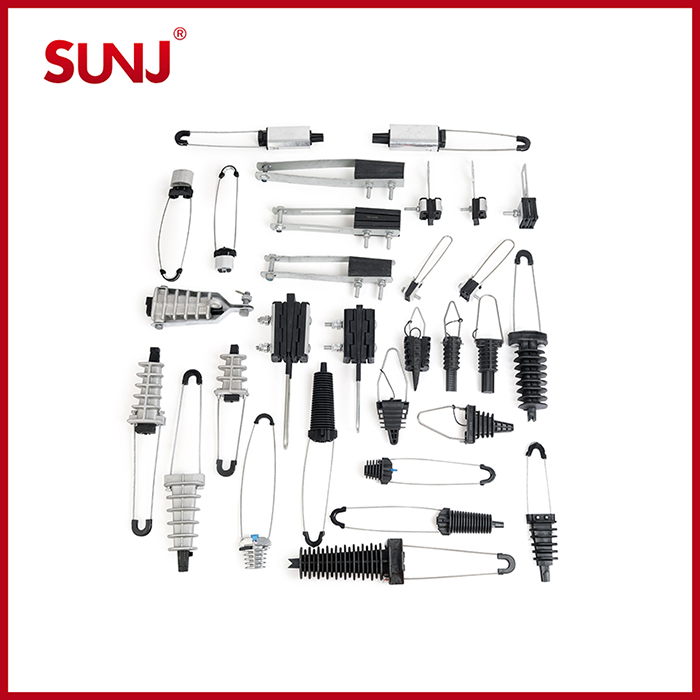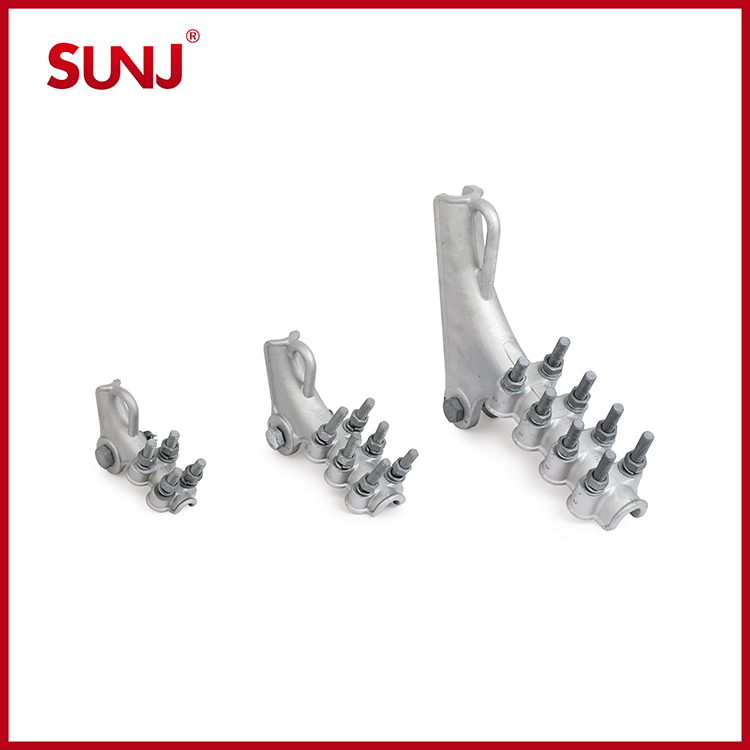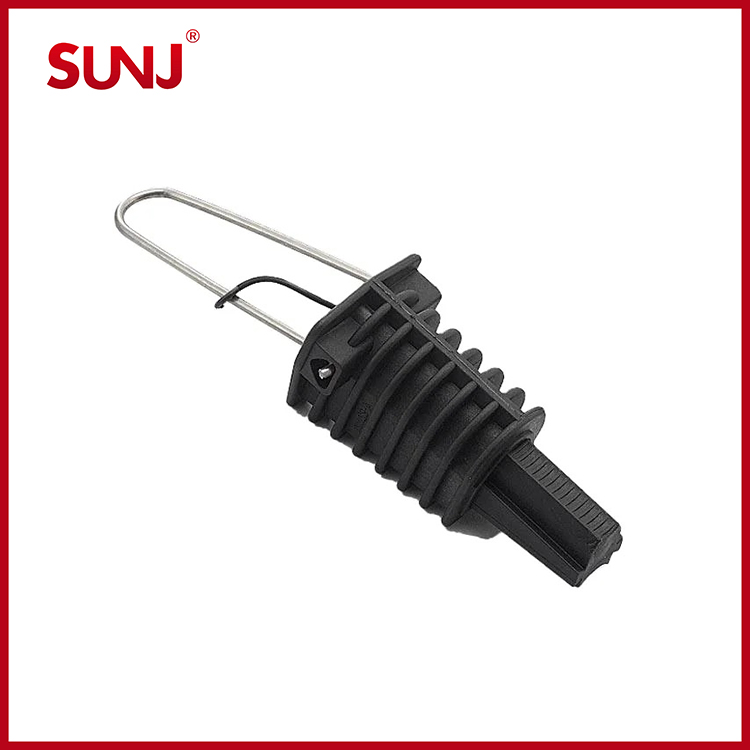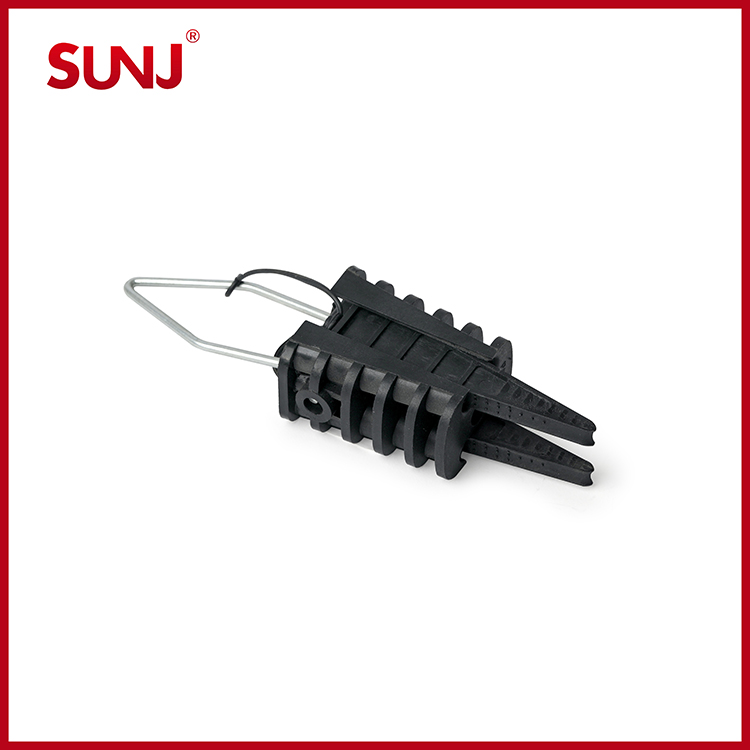1. Introduction
If you’re working with overhead lines—whether in power distribution or fibre optic communication—there’s one tiny but mighty component you can’t afford to overlook: the dead end clamp. It’s the unsung hero that keeps your cables tight, secure, and exactly where they should be.
Now, I’ve seen a lot of confusion around this topic—different materials, sizes, styles, and frankly, too much jargon. So, in this blog, I’ll break down the top 5 types of dead end clamps and walk you through how to pick the right one for your project—without overcomplicating things.
Let’s dive in.
2. What Is a Dead End Clamp?
In plain English? A dead end clamp is a fitting that anchors a cable or conductor to a pole or structure, usually at the end of a line or where it makes a sharp turn.
You’ll find them on:
- Electrical distribution lines (especially LV-ABC systems)
- Fibre optic networks like ADSS and OPGW
- Urban utility poles, rural spans, and everything in between
The idea is simple: no sagging, no slipping, no snapping.
3. Five Types of Dead End Clamps
Let’s get straight to it. These are the top five dead end clamps that professionals in the power and telecommunications industries trust for securing cables, maintaining tension, and ensuring long-term reliability.
3.1 Bolted Dead End Clamp
When you need uncompromising grip strength and long-term performance, a bolted dead end clamp is your best friend. This type of clamp is designed with galvanised bolts, washers, and metal plates that securely compress the conductor. Once installed, it’s not going anywhere.
These clamps are especially well-suited for high-tension bare conductors, like ACSR, commonly used in overhead transmission lines. They’re built to withstand extreme weather conditions, making them ideal for remote or exposed installations where durability is non-negotiable.
What makes the bolted version stand out is its mechanical toughness. It’s not just about clamping—the structure distributes stress evenly along the conductor, which reduces the risk of wire fatigue or slippage over time.
Advantages include:
- Excellent mechanical strength in high-load situations
- Weather-resistant and corrosion-proof, especially when galvanised
- Reliable in long-span applications or locations with heavy wind load
Things to consider:
- Installation requires proper tools like a torque wrench
- It takes a bit longer to install compared to quick-lock types, so it’s not the best fit for rapid deployment scenarios
3.2 Compression Dead End Clamp
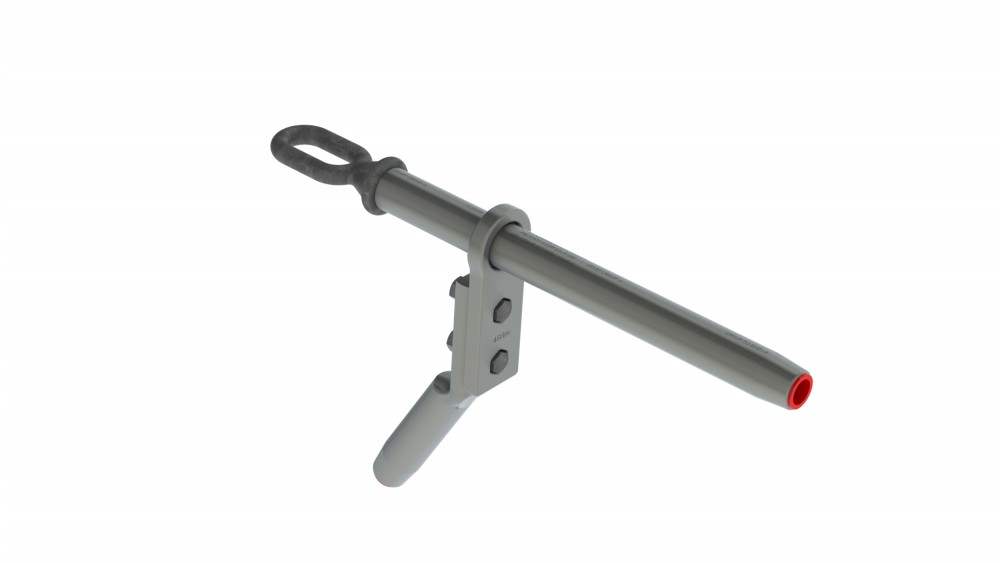
Compression Dead End Clamp
A compression dead end clamp is all about precision, performance, and permanence. It’s a favourite in high-voltage transmission systems where long-term integrity is critical and conductor tension is high.
This clamp works by hydraulically compressing two separate sleeves—one around the aluminium strands and the other around the steel core in ACSR conductors. Once installed using a compression press, the result is a rock-solid bond that offers both mechanical strength and excellent electrical conductivity.
Where it shines:
- Ideal for ACSR conductors in transmission lines
- Designed to achieve at least 95% of the conductor’s rated tensile strength
- Helps minimise electrical resistance and heat build-up at the connection point
What to know before using:
- Installation requires trained personnel and industry-standard compression tools
- Once compressed, it’s permanent—you won’t be repositioning it later
In high-voltage scenarios, especially above 69kV, I always recommend compression dead end clamps. They’re not just strong—they’re engineered to handle serious current and withstand the test of time without compromising safety.
3.3 Fiber Optic Dead End Clamp
When working with ADSS or other aerial fibre optic cables, the last thing you want is a clamp that damages insulation or causes signal loss. That’s where the fibre optic dead end clamp comes in. It’s designed to grip gently yet firmly—without compromising the integrity of the cable.
This type of clamp typically features a conical wedge mechanism enclosed in a UV-resistant thermoplastic body. Inside, two plastic inserts align around the cable, ensuring secure clamping without stress or abrasion. A flexible stainless steel wire with a thimble loop is included for quick anchoring to hooks or brackets.
Why it’s a go-to for telecom engineers:
- Fully compliant with NFC 33-042 standards
- Supports messengered aerial bundle cables in LV distribution systems
- Fast, tool-free installation—just click it into place
Built to last:
- Weather-resistant materials withstand UV, rain, and industrial environments
- No loose parts to worry about during installation
I’ve seen these used across mountain regions and coastal cities alike, and their performance under extreme conditions is consistently impressive. If you’re dealing with fibre, this is the dead end clamp that keeps your line safe, stable, and interference-free.
3.4 Wedge Type Dead End Clamp
The wedge type dead end clamp is a favourite in the world of low-voltage distribution—especially for LV ABC (Aerial Bundled Cable) systems. Its biggest advantage? Simplicity and speed.
Here’s how it works: the clamp features a tapered wedge that self-locks onto the cable as tension is applied. No tools, no bolts—just insert the conductor, pull, and you’re done. It’s especially handy when you need to anchor two to four conductors at a pole or terminal section.
Why choose wedge type:
- Perfect for insulated conductors from 10 to 50mm²
- Self-adjusting mechanism fits different cable sizes
- Doesn’t damage insulation during installation
Use cases:
- Urban and rural LV distribution poles
- Acute angle poles and end-of-line terminations
I’ve had technicians install 20+ of these clamps in a single afternoon with zero hassle. That’s the kind of time-saving performance that really makes a difference on-site—especially when weather or daylight is limited.
3.5 Loop Dead End Clamp

Loop Dead End Clamp
While most clamps grip conductors, the loop dead end clamp is designed for something slightly different: anchoring support cables or guy wires that stabilise poles and structures.
This type of clamp typically features a closed loop design made from galvanised steel or aluminium alloy. It’s robust, straightforward, and essential for creating tension in structural support systems—especially in windy or high-vibration environments.
You’ll commonly see loop dead end clamps used in:
- Pole anchoring systems
- Guy wire terminations
- Communication tower stabilisation
Key benefits:
- Simple to install and highly durable
- Works well in both power and telecom support setups
- Maintains structure integrity under varying mechanical loads
Think of this clamp as your behind-the-scenes muscle. It’s not connecting conductors—it’s keeping the whole pole or tower steady, no matter the weather.
4. How to Choose the Right Dead End Clamp for Your Project
Here’s your cheat sheet for getting it right the first time:
Step 1: Identify Your Cable Type
Bare conductor (ACSR)? Go bolted or compression.
Insulated ABC cable? Choose wedge type.
Fibre optic (ADSS)? Fibre optic dead end clamp all the way.
Guy wire anchoring? Use loop dead end clamp.
Step 2: Consider the Environment
High UV exposure? Go for UV-stabilised thermoplastic materials.
Coastal or industrial zones? Choose clamps with anti-corrosion coating.
Step 3: Think About Installation Time
Need speed? Wedge type or fibre optic clamps are tool-free.
Need security and permanence? Compression type is best.
Step 4: Match to Load & Safety Ratings
Check the tensile strength rating
Make sure it matches at least 95% of the conductor’s breaking force
And hey—if in doubt, chat with your clamp supplier. The good ones will help you spec the right model based on your cable and setup.
5.Conclusion
Choosing the right dead end clamp is all about knowing your cable, your environment, and your long-term goals. From bolted dead end clamps to loop dead end clamps, each type serves a different purpose—and picking the right one can mean the difference between a reliable line and a maintenance nightmare.
If you’re still on the fence about which clamp to use, feel free to reach out to us or check out our full overhead line accessories collection.
With the right dead end clamp, your project won’t just be secure—it’ll be smart.

